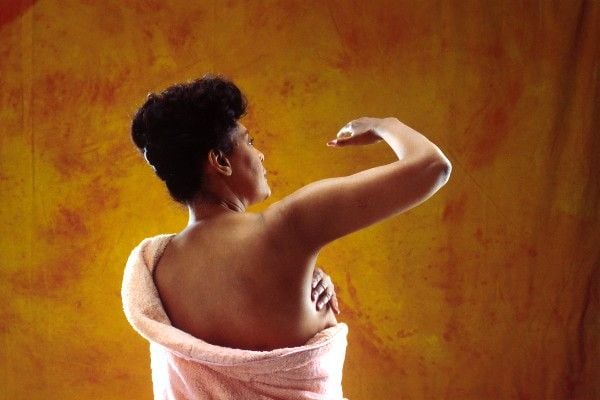Self Examination Before And After A Breast Reduction
)
Breast self-examination is an integral part of breast cancer surveillance, and as a woman you know how important it is to monitor any changes in your breasts over time. Women know their own bodies and more often than not, it is you who can detect if something feels just not quite right.
To ensure the best chance for treatment and cure, early detection of the disease is essential. This means that BSE (Breast Self-Examination) and having a general awareness of your own body is integral. In fact, studies have shown that breast cancer in women who frequently practice BSE (recommended monthly) is detected at an earlier stage than those who do not.
Women with large breasts often report that they feel the size of their breasts limits their ability to perform these self-checks. There is more tissue to manipulate, more to be aware of, and with the other complications and concerns that can come with having enlarged breasts, sometimes it can feel all too overwhelming. Admittedly, there is no scientific evidence that having large breasts should affect your ability to self-monitor your breast health, however a breast reduction may well improve your confidence in your ability to perform self-checks and therefore you may be inclined to do so more frequently.
In a study performed by Jennifer R. Brown in 2008, it was found that following a breast reduction, 78% of patients felt that BSE was easier to perform, as a direct result of having less breast tissue to manipulate and monitor and generally feeling more positive towards their breasts and their general wellbeing. Simply put, there is less breast to monitor, less movement and generally less pain to begin with, which can simplify the process of identifying when something is really wrong.
Whilst we are on the topic, let's look at the recommended procedure for a Breast Self-Examination. Something to note is that breast tissue also extends up into your underarms, so it is important to be aware of this. The underarm area is also the location of the nearest lymph nodes to your breasts, so would be valuable to add to the check as well.
1. Check in the mirror to look for any visible abnormalities
- Dimpling of the skin
- Bulging
- Changes to the nipple
- Redness
- Other distortion
2. Standing in the shower/lying in bed to feel for abnormalities
- New lump
- Thickening or swelling of breast tissue including in the underarms
- Dimpling or puckering of skin
- Redness, rash, or irritation of skin on and around breasts
- Inversion of nipple
- Nipple discharge, especially bloody (not including breast milk)
- Change in breast size or shape
- Any abnormal pain (though most early stage breast cancers do not cause pain)
If you have any concerns please contact your GP. Or if you would like to discuss your breast reduction options call us on (03) 9500 0366 to book in your appointment with Dr Jamie Burt or send us an email on our Contact form.
) Author:Dr Jamie Burt
Author:Dr Jamie Burt| Tags:Breast CareBreast ReductionBreast Surgery |







